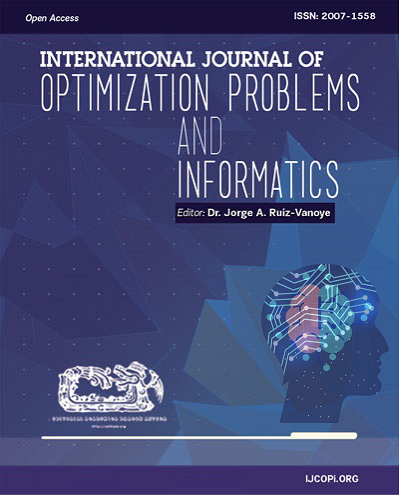Prediction of PM10, SO2, NO2, O3, and CO Concentrations in Guadalajara Using ARIMA and Open Data with Python
DOI:
https://doi.org/10.61467/2007.1558.2025.v16i3.1114Keywords:
Air quality, Environment, ARIMA, Predictive model, Public health, Pollution, Guadalajara.Abstract
Air quality in Guadalajara has deteriorated in recent years, becoming a serious health concern for the local population. In response, this project seeks to mitigate the impact of pollution by developing a prediction platform based on ARIMA models implemented in Python.
The system will analyse historical pollutant levels—including PM₂.₅, PM₁₀, SO₂, NO₂, O₃ and CO—enabling the anticipation of high-pollution episodes. Armed with this information, both citizens and authorities will be able to take timely preventative measures.
Given the growing interest in air quality and its implications for health, this tool will furnish valuable data for informed decision-making. Moreover, it will facilitate trend analysis and permit short-term forecasts, helping to identify potential pollution episodes before they occur.
Downloads
Published
How to Cite
Issue
Section
License
Copyright (c) 2025 International Journal of Combinatorial Optimization Problems and Informatics

This work is licensed under a Creative Commons Attribution-NonCommercial-NoDerivatives 4.0 International License.





